The “Golden Age of Indiana Literature” refers to a period extending roughly from 1880 to 1920 in which Hoosier authors, including several from Indianapolis, achieved national prominence and a wide audience in the field of popular literature. At the end of the 19th century, the Midwest was in ascendance as a literary region. Indiana, and especially Indianapolis, became a publishing and literary center by catering to readers who preferred writing that idealized traditional values or offered escape from contemporary social problems.
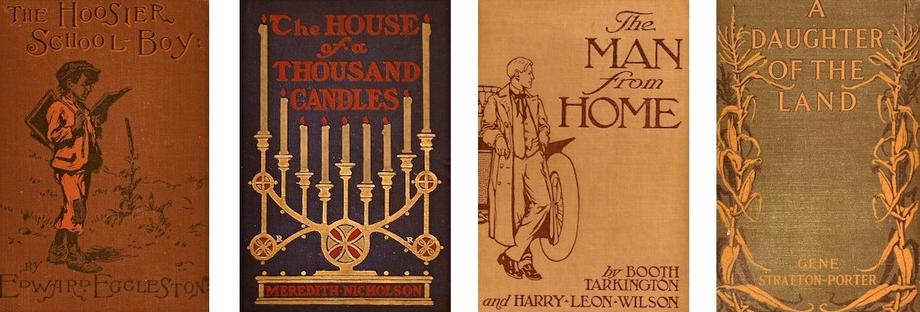
This writing took a variety of forms, including the local color poetry of ; the historical romances of , Maurice Thompson, and Charles Major; the humor of George Ade and ; the fantasy of George Barr McCutcheon; the nature writing of Gene Stratton-Porter; and the mild realism of and . Indianapolis resident Riley was the most popular poet in America in the 1890s.
Later, another Indianapolis writer, Tarkington, would become equally well-known with the publication of (1899) and his Pulitzer Prize-winning novels, (1918) and (1921). While Riley’s homespun dialect rhymes revolved around such sentimental and nostalgic themes as the wonders of childhood, the love of parents, and the yearnings of youth, Tarkington deftly captured in realistic detail the changes wrought on midwestern manners and morals by urban industrial growth. Nicholson was another Indianapolis-based writer who made a national reputation with essays and novels that explored Indiana themes.
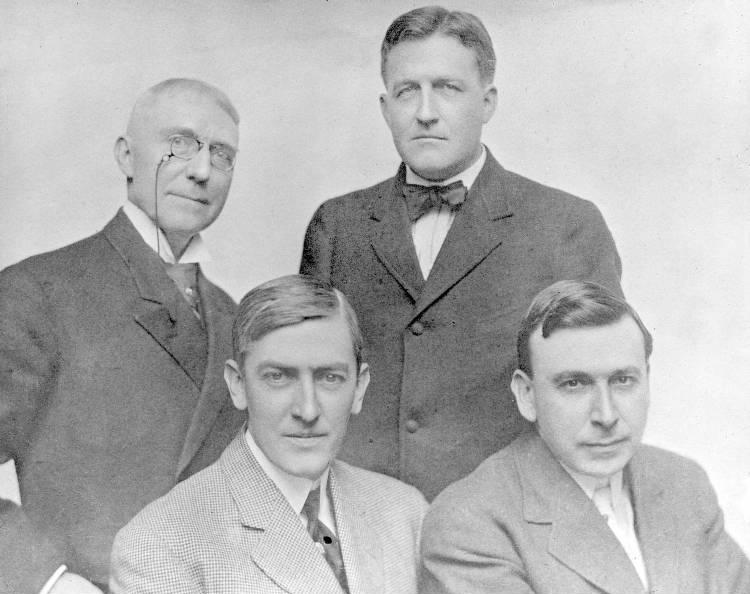
Midwestern writing and publishing rose to such national prominence in part because of a broad desire for reunification after the Civil War and in part because of the sheer geographical vastness of the country. Unlike their New England predecessors of the 1850s whose regional concerns could also be interpreted broadly as American concerns, the postwar writers of the 1880s and 1890s could not attain such a national tone. America was simply too big and too diverse.
In this period New England and New York were but regions and were best treated in literature in the same way as Richard Malcolm Johnston’s Georgia and Bret Harte’s California. Indiana literature eclipsed the popularity of that from other states during this period. One often-cited 1947 study determined that Indiana authors ranked second in the number of bestsellers produced in the previous 40 years only to their counterparts from New York, and the difference between the two was small.
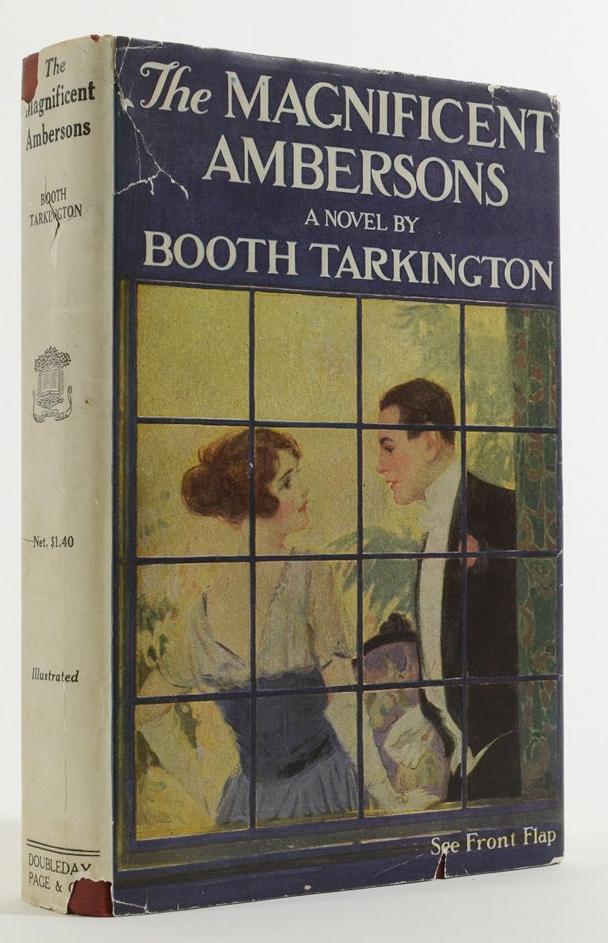
Reasons for the success of Hoosier authors abound. Indiana had a strong tradition of oratory, writing, and publishing that preceded the Golden Age period and helped to foster the development of those with literary inclinations. Also, by the last decade of the 19th century, a general belief existed on the part of Hoosiers and non-Hoosiers alike that people from Indiana were more typically American than people in other parts of the country and that writing by the state’s authors was more truly American literature.
An expanding number of middle-class readers in rapidly changing urban environments relished the nostalgic and sentimental writings of Riley and Stratton-Porter, which evoked traditional values and portrayed images of rustic simplicity and wholesomeness. They identified as well with the precarious condition of Tarkington’s protagonists, whose established ways of life were threatened by industrialization and urban growth. Moreover, they escaped from the social ills of the Gilded Age through the romances, fantasies, and thrillers of Hoosier authors such as Wallace, Thompson, Major, McCutcheon, and Nicholson.
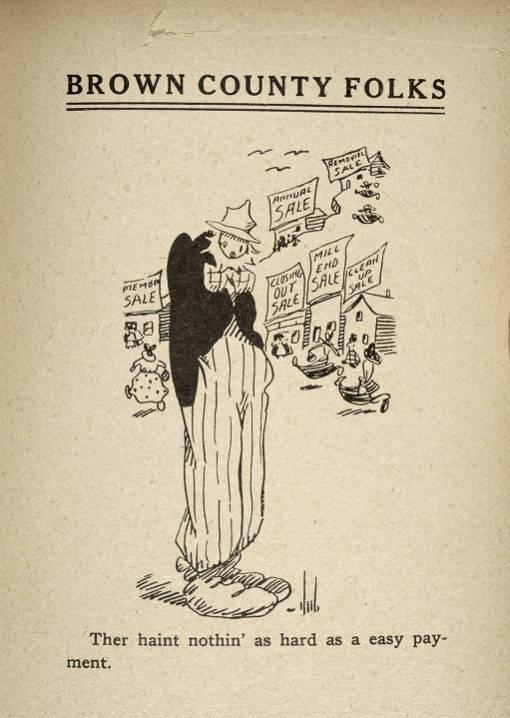
Aside from Riley, Nicholson, and Tarkington, Indianapolis’s most important contribution to Indiana’s literary Golden Age was through its publishing firm, which under the successive names of Merrill, Meigs and Company, Bowen-Merrill Company, and produced more bestselling titles during this period than any other publisher in the country.
Beginning with the publication of Riley’s The Old Swimmin’-Hole” and ‘Leven More Poems in 1883 the reputations of Riley and his Indianapolis publisher were inseparably linked. By the centennial of the poet’s birth in 1949, the firm had published more than 90 different Riley titles and sold around 3.5 million copies of his books.
In the years following its initial association with Riley, the publisher mastered the techniques of marketing sentimental literature. Capitalizing on a trend established by the immense success of Anthony Hope’s (1894), Bowen-Merrill produced a string of bestseller adventure romances, many of them by Indiana authors.
When William Dean Howells visited Indianapolis on a lecture tour in 1899, he found it a stronghold of what he called “neoromantic best-sellerdom.” Lew Wallace’s (1880) sold 1.2 million copies by 1900, and Charles Major’s (1898), the first big hit of the Bowen-Merrill Company outside of Riley, was the second best-selling book of 1899. Major’s book too sold over a million copies, a fact that influenced Maurice Thompson in Crawfordsville to write , published by Bowen Merrill in 1900.
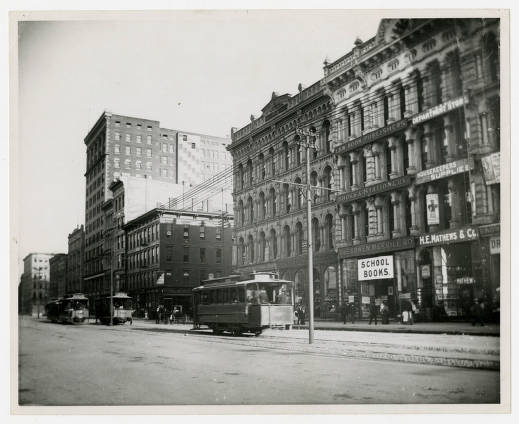
By 1915 the firm, which became Bobbs-Merrill in 1903, had produced a total of 26 titles that made the annual lists of top-10 bestsellers, a record surpassing that of any other publisher in the country during this period. These titles included, among many others, Nicholson’s (1905), L. Frank Baum’s (1900), and numerous collections of Riley’s poetry.
The luster of Indiana’s literary Golden Age dimmed as changes in the economic and social order accelerated after World War I. Traditional values, simple pleasures, nostalgia, and romance were less important to a postwar society preoccupied with business prosperity and technological advancement. Automobiles, radios, household appliances, and prepared foods placed the ideal of an American “good” life in the future rather than in the past. Easy credit and installment-plan purchasing rendered obsolete such time-honored virtues as hard work and self-denial. Popular literature competed for increasing leisure time with movies, sports, and jazz.
Rural and small-town Americans, including many Hoosiers, resented the secularism and materialism of the age and became increasingly less tolerant. The , the Red Scare, immigration restriction, fundamentalism, and Prohibition reflected their discontent. The pride that Hoosiers had taken in being typical Americans before the war manifested itself afterward as nativism.
Literature became the province of Lost Generation writers who could identify with neither the materialism nor the intolerance of the modern age. Though Tarkington and Nicholson continued to write and publish in the 1920s and though many talented Hoosier writers established themselves in later years, the Golden Age of Indiana literature had passed.

Help improve this entry
Contribute information, offer corrections, suggest images.
You can also recommend new entries related to this topic.

